GUN SAFE
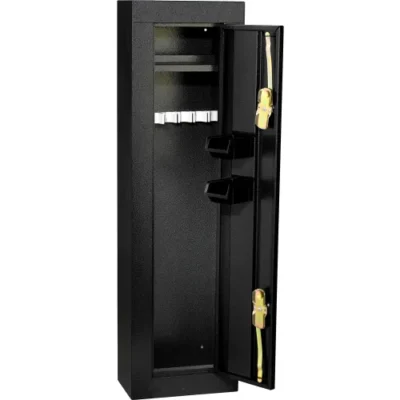
Gun safes are secure storage containers designed to store firearms and ammunition. They are essential for responsible gun ownership, as they help prevent unauthorized access to firearms, protect them from theft, and ensure safe storage to prevent accidents. Gun safes come in various sizes, styles, and security features to accommodate different needs and preferences.
Key features of gun safes include:
1. Security: Gun safes are constructed with robust materials and locking mechanisms to prevent unauthorized access. Many safes are made of heavy-duty steel and feature combination locks, electronic locks, or biometric scanners for added security.
2. Fire and water resistance: Some gun safes are designed to provide protection against fire and water damage, ensuring that firearms and valuables remain intact in the event of a fire or flood.
3. Capacity: Gun safes come in different sizes to accommodate varying numbers of firearms and accessories. They may include adjustable shelving, gun racks, and compartments for organizing firearms and ammunition.
4. Portability: Some gun safes are designed to be portable, allowing for easy transportation and secure storage of firearms while traveling or moving.
5. Compliance: Gun safes may be designed to meet specific legal requirements and regulations regarding firearm storage and safety.
When selecting a gun safe, it’s important to consider factors such as the number and types of firearms to be stored, the level of security required, available space, and any relevant legal requirements. Additionally, it’s crucial to ensure that the chosen gun safe meets industry standards for safety and security.
GUN SAFE AVIALABILITY
Gun safes are widely available for purchase from a variety of retailers, including specialty gun stores, sporting goods stores, home improvement stores, and online retailers. You can also find gun safes at security and safe specialty stores. When shopping for a gun safe, it’s important to consider factors such as size, capacity, security features, fire and water resistance, and any specific legal requirements that may apply in your area. Additionally, be sure to research reputable brands and models to ensure you are getting a high-quality and reliable gun safe.
GUN SAFE OVERVIEW
A gun safe is a secure storage container designed to safely store firearms and ammunition, providing protection against theft, unauthorized access, fire, and other potential hazards. Gun safes come in various sizes, shapes, materials, and security features to accommodate different needs and preferences. Here is an overview of key aspects of gun safes:
1. Security Features:
– Locking Mechanisms: Gun safes typically feature electronic locks, mechanical combination locks, or key locks to secure the contents. Biometric fingerprint scanners are also becoming more common.
– Steel Construction: High-quality gun safes are made of heavy-gauge steel to resist tampering and break-ins.
– Bolt Systems: Locking bolts secure the door in place, with more bolts providing increased security.
– Fire Protection: Fire-resistant gun safes are designed to withstand high temperatures for a certain period, protecting firearms from heat damage.
2. Size and Capacity:
– Gun safes come in various sizes to accommodate different numbers and types of firearms. Consider your current collection and future acquisitions when selecting a safe size.
– Some gun safes also feature adjustable shelves and interior configurations to optimize storage space.
3. Location and Installation:
– Gun safes can be installed in various locations, including closets, bedrooms, basements, or dedicated gun rooms.
– Anchoring the safe to a solid surface (such as a concrete floor) is recommended to prevent thieves from easily moving or tipping it over.
4. Access and Convenience:
– Quick access safes are designed for handguns or home defense firearms that may need to be accessed rapidly in emergencies.
– Traditional gun safes may offer slower access but provide more storage capacity and security features.
5. Regulatory Compliance:
– Some jurisdictions have specific regulations regarding the storage of firearms, including requirements for gun safes in households with children or for firearm dealers.
6. Maintenance and Care:
– Regularly inspect your gun safe for any signs of wear, damage, or malfunction.
– Keep the safe clean and dry to prevent corrosion or damage to firearms stored inside.
When choosing a gun safe, consider your specific needs, budget, and the value of the firearms you plan to store. It’s essential to invest in a high-quality gun safe that meets your security requirements and provides peace of mind knowing your firearms are safely stored and protected.
GUN SAFE SPECIFICATION
When considering the specifications of a gun safe, there are several key features and factors to take into account. Here are some important specifications to consider when selecting a gun safe:
1. Size and Capacity:
– Determine the size of the gun safe based on the number and types of firearms you plan to store.
– Consider the dimensions of the safe to ensure it fits in your desired location.
2. Security Features:
– Look for a safe with a strong locking mechanism, such as electronic locks, mechanical combination locks, or biometric scanners.
– Check the thickness of the steel construction and the number and size of locking bolts.
– Consider fire protection ratings to safeguard your firearms from heat damage.
3. Fire Protection:
– Check the fire rating of the gun safe, which indicates the amount of time it can withstand high temperatures.
– Look for safes with fire-resistant materials and seals to protect your firearms in case of a fire.
4. Construction Material:
– High-quality gun safes are typically made of heavy-gauge steel for durability and security.
– Consider additional security features like pry-resistant doors and reinforced hinges.
5. Interior Layout:
– Look for adjustable shelves, gun racks, and door organizers to optimize storage space and keep your firearms organized.
– Consider interior lighting for visibility inside the safe.
6. Locking Mechanism:
– Choose a locking mechanism that suits your preferences and needs, whether it’s an electronic keypad, mechanical dial, key lock, or biometric scanner.
– Ensure the lock is reliable and easy to use.
7. Weight and Anchoring:
– Heavier safes are generally more secure and harder to move or tamper with.
– Consider anchoring the safe to a solid surface to prevent theft or unauthorized access.
8. Warranty and Certification:
– Check if the gun safe comes with a warranty for defects or damage.
– Look for safes that meet industry standards and certifications for security and fire protection.
9. Price and Budget:
– Determine your budget and look for a gun safe that offers the best combination of security features, capacity, and quality within your price range.
By considering these specifications and features, you can select a gun safe that meets your security needs, fits your firearms collection, and provides peace of mind knowing your guns are safely stored and protected.
GUN SAFE HISTORY
The history of gun safes dates back to the early 19th century when firearms became more widespread and valuable possessions that needed secure storage. Here is a brief overview of the history of gun safes:
1. Early Development:
– The concept of secure storage for firearms can be traced back to the development of lockable chests and cabinets in the medieval period.
– In the 19th century, as firearms became more common in households and businesses, the need for secure storage solutions increased.
2. Invention of the Combination Lock:
– The invention of the combination lock in the early 19th century by locksmith Jeremiah Chubb revolutionized security measures for safes.
– Combination locks provided a reliable and tamper-resistant way to secure valuables, including firearms.
3. Evolution of Safe Design:
– Gun safes evolved from simple lockable cabinets to more robust and secure structures made of heavy-gauge steel.
– Manufacturers began incorporating advanced locking mechanisms, such as electronic locks, biometric scanners, and key locks, to enhance security.
4. Fire Protection:
– As the threat of fire damage became a concern for gun owners, manufacturers started developing fire-resistant materials and designs for gun safes.
– Fire protection ratings were introduced to indicate the safe’s ability to withstand high temperatures and protect firearms from heat damage.
5. Regulations and Standards:
– Over time, industry standards and regulations were established to ensure the quality and security of gun safes.
– Organizations like Underwriters Laboratories (UL) provide certifications for safes that meet specific security and fire protection standards.
6. Modern Gun Safes:
– Today, gun safes come in a variety of sizes, designs, and security features to meet the diverse needs of gun owners.
– Advanced technologies like digital keypad locks, biometric scanners, and remote monitoring systems have been integrated into modern gun safes for enhanced security.
Overall, the history of gun safes reflects the ongoing efforts to provide secure and reliable storage solutions for firearms, protecting them from theft, unauthorized access, and damage. Gun safes continue to evolve with advancements in technology and materials to offer superior protection for valuable firearms and other possessions.
Reviews
There are no reviews yet.
Related products
Uncategorized
Uncategorized
Uncategorized
Uncategorized
Uncategorized
Uncategorized
Uncategorized
Uncategorized

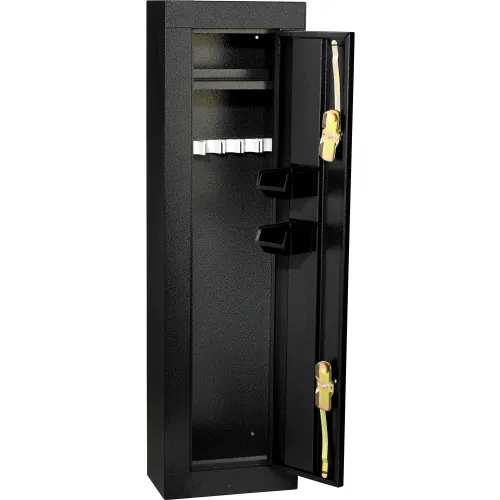
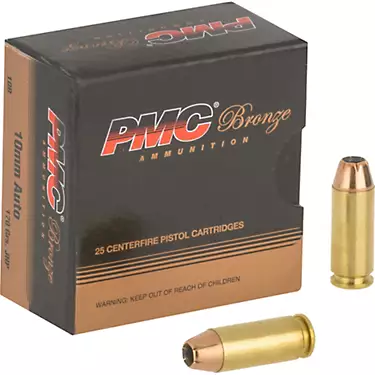
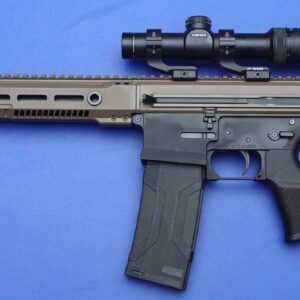

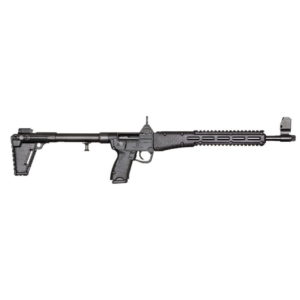

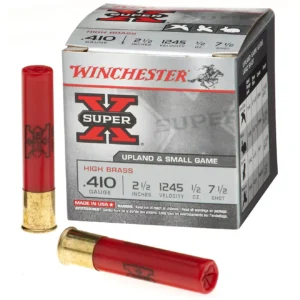
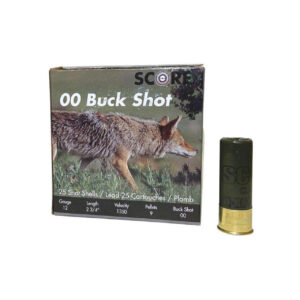
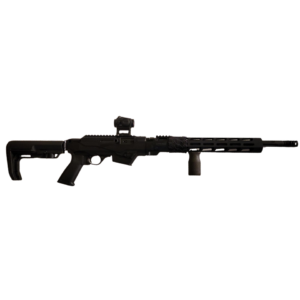
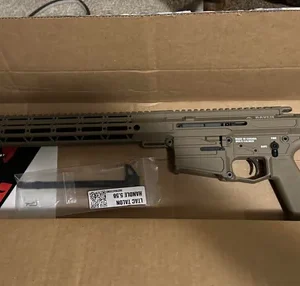
Be the first to review “GUN SAFE”